July 8, 2025 — In a positive turn for public health, the Centers for Disease Control and Prevention (CDC) has officially begun scaling back its emergency operations related to the recent bird flu outbreak. The decision follows months of intensive monitoring, testing, and containment efforts across the United States.
This move marks a significant milestone in the federal response to the H5N1 avian influenza strain, which had sparked concerns earlier this year due to its spread among poultry, dairy cattle, and a small number of humans.
A Controlled Situation
Health officials report that the virus remains contained, with no signs of sustained human-to-human transmission. While there were isolated cases of mild illness in people with close contact to infected animals, the majority experienced only conjunctivitis or mild respiratory symptoms — and all have since recovered.
The CDC emphasized that while the virus remains present in some animal populations, it no longer meets the criteria for an ongoing emergency-level threat. As a result, federal resources will begin shifting from rapid-response mode to long-term surveillance and prevention.
Why the CDC Responded Quickly
Earlier in the year, the detection of bird flu in U.S. dairy cows raised alarm bells, especially as traces of the virus were also found in commercial milk supplies. Although pasteurization effectively neutralizes the virus, the unusual crossover from birds to cattle prompted an aggressive federal response.
The emergency phase involved expanded animal testing, protection protocols for farm workers, and collaboration with state-level health departments to ensure early detection of human cases.
Thanks to swift containment efforts and public awareness, the situation remained under control — and the feared spread among humans never materialized.
What Changes Now?
With the emergency response winding down, the CDC will reduce the number of personnel dedicated to bird flu surveillance while continuing to work closely with the U.S. Department of Agriculture and local health agencies.
Ongoing efforts will include:
- Routine testing of livestock and poultry
- Wastewater monitoring to track viral presence
- Vaccine development initiatives as a precaution
- Continued education for farmers and animal handlers
The shift reflects confidence that the virus can be managed through standard public health procedures rather than crisis-level intervention.
Staying Vigilant
Despite the encouraging news, experts caution against complacency. Viruses like H5N1 are constantly evolving, and the jump from animals to humans — known as zoonotic transmission — will always pose a risk. Monitoring these developments remains a priority, especially in regions with close human-animal interactions.
Global health agencies are also watching similar outbreaks in other countries, where the situation may differ based on veterinary systems, surveillance capabilities, and public health infrastructure.
A Relief for the Public
For now, the public can breathe a little easier. The food supply remains safe, the risk to humans remains extremely low, and the systems designed to protect public health have proven effective once again. The CDC’s measured rollback of its emergency response is a testament to preparedness — and to science doing its job.

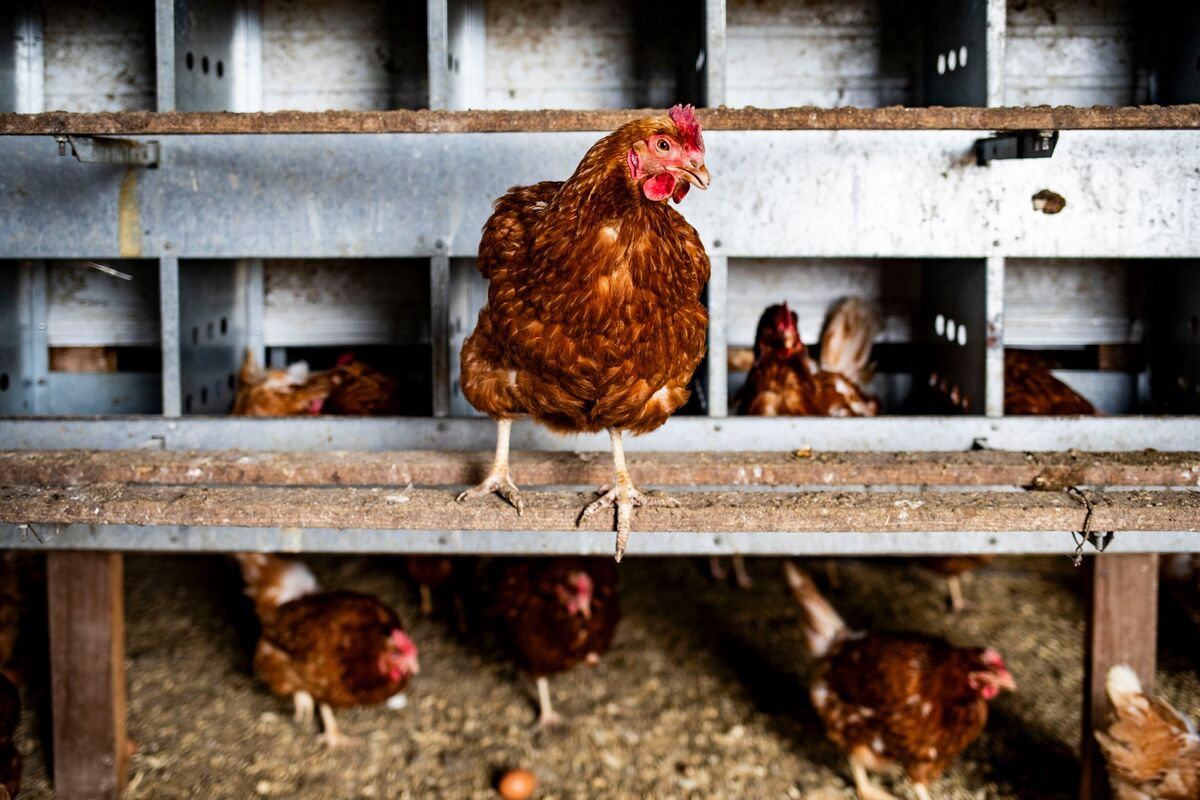
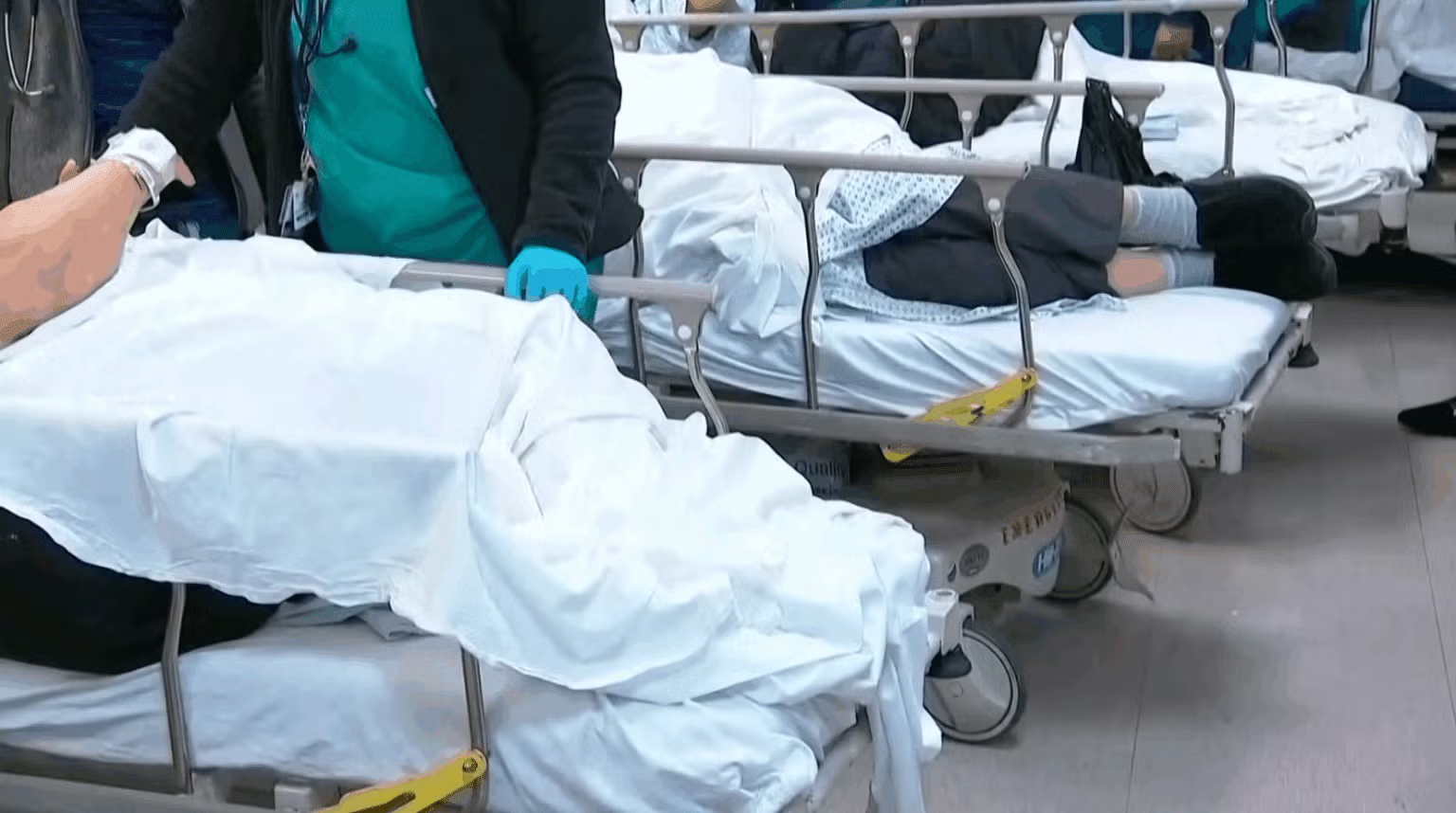

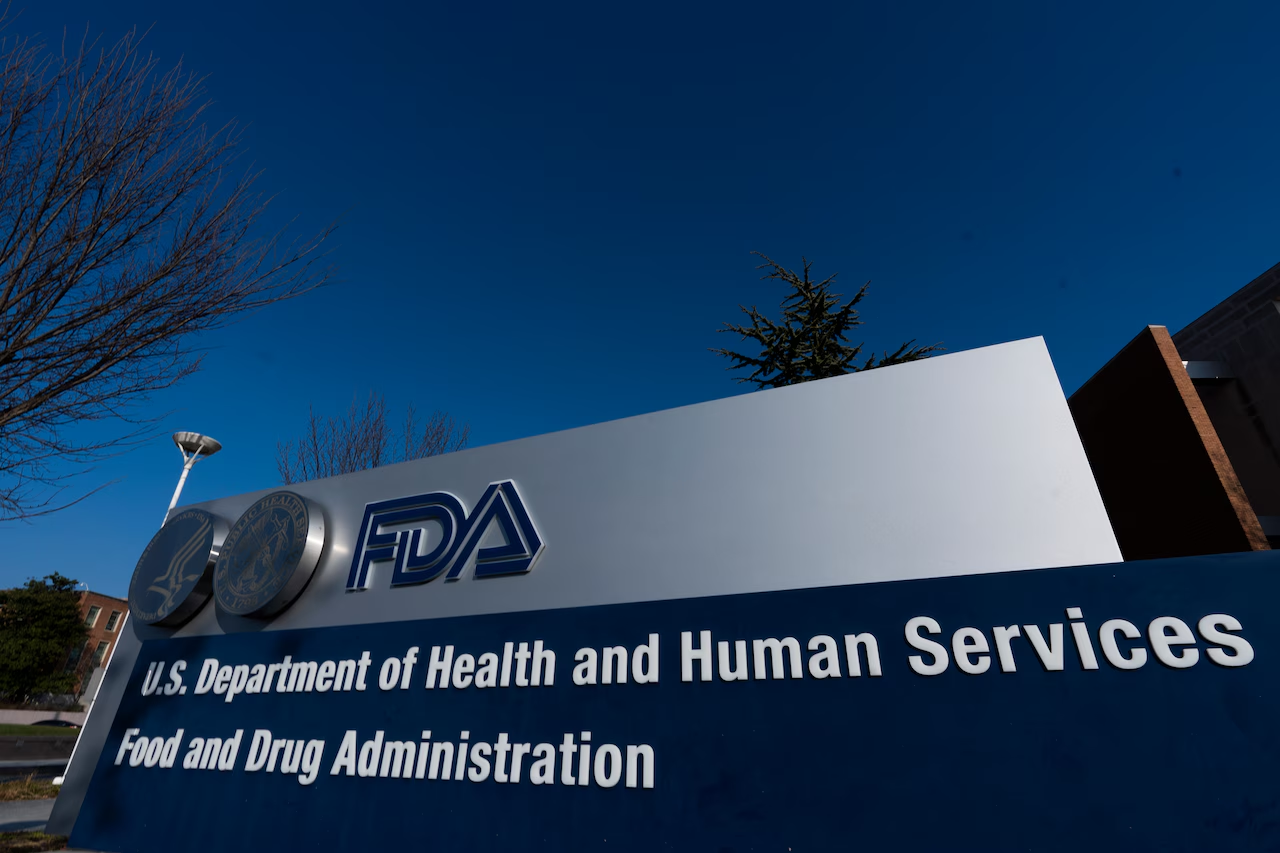


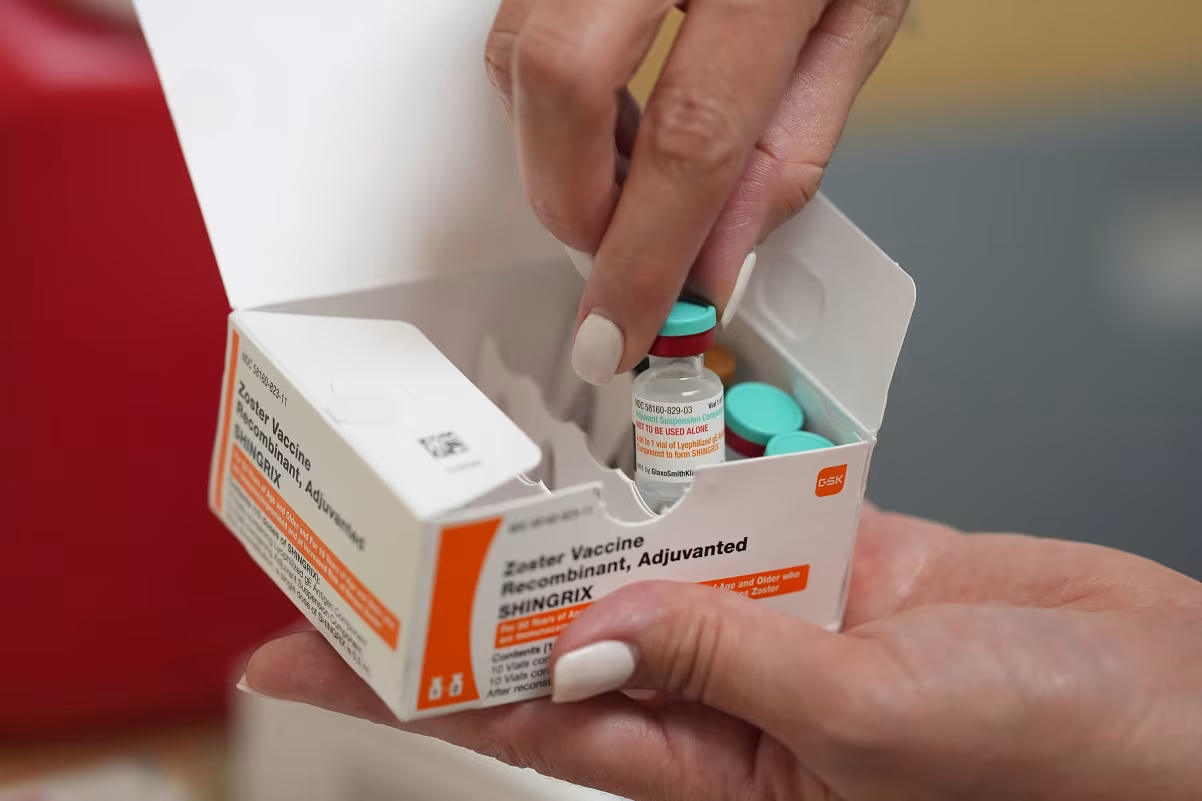

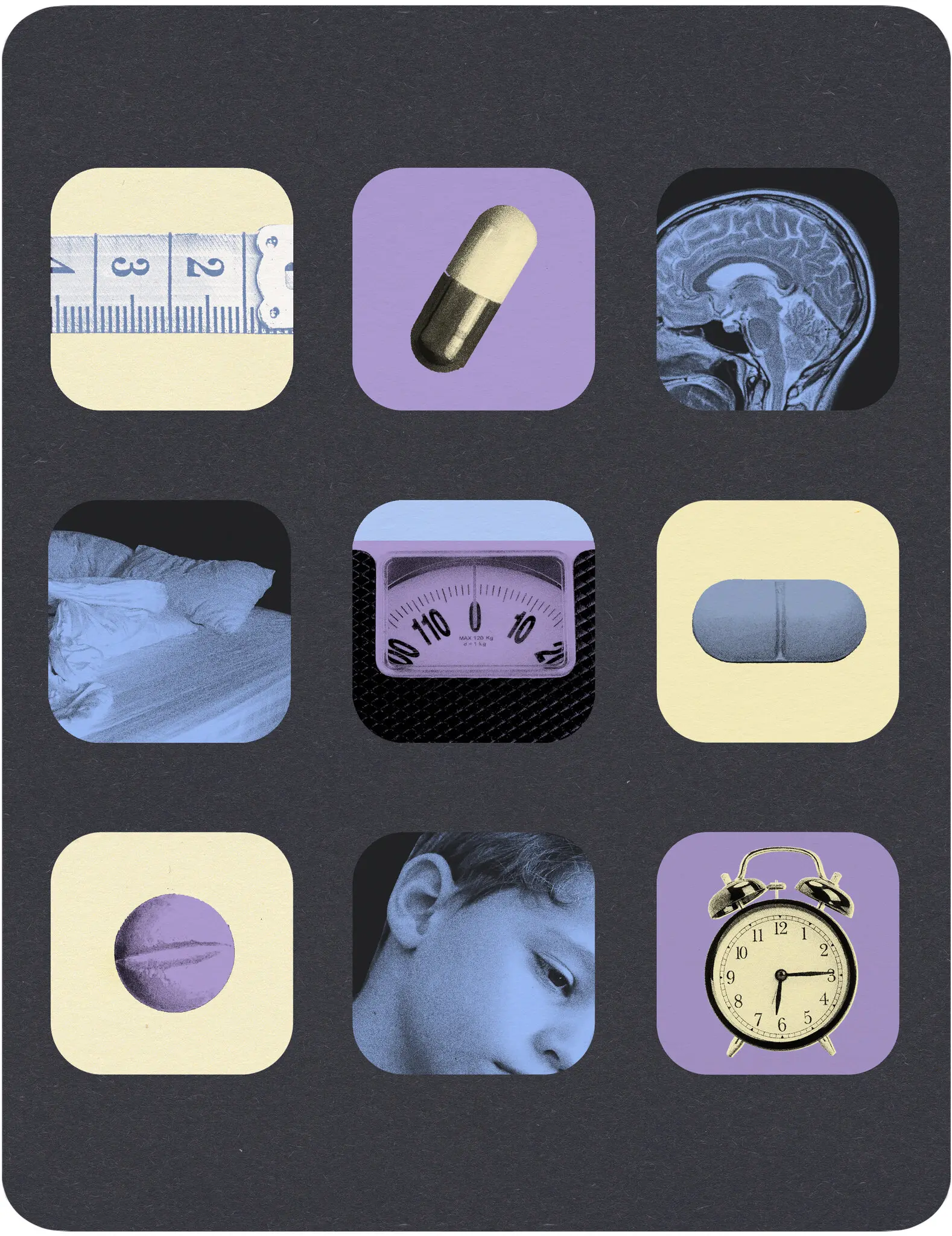






Leave a Reply